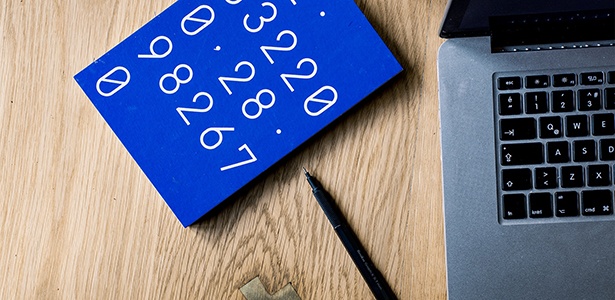|
What Will Classrooms of the Future
Look Like & How Will They Engage Our Students?
|
Do you wonder what classrooms will be like in the future?
Technology is rapidly changing and it becomes challenging to keep up with it.
It has invaded the field of education, as some classrooms now have interactive
boards instead of blackboards. When we were kids we may have dreamed about
having computers in our classrooms for learning. In today’s digitalized world,
the education system has changed drastically and utilizes tools that we could
have only imagined.
The Future of Technology in Education
The Future of Technology in Education
Virtual Reality
Virtual Reality (VR), introduced in 2016, took the world by storm with its endless possibilities. VR is being referred to as a unique learning resource that is capable of immersing students in the subject of their own choosing. Most of the schools around the world are investing in creating virtual science labs where the students, as well as the teachers, will be able to carry out experiments without any danger. It will also allow students to attend global conferences and converse with top speakers and narrators of the world without having to travel to places.
Virtual Reality (VR), introduced in 2016, took the world by storm with its endless possibilities. VR is being referred to as a unique learning resource that is capable of immersing students in the subject of their own choosing. Most of the schools around the world are investing in creating virtual science labs where the students, as well as the teachers, will be able to carry out experiments without any danger. It will also allow students to attend global conferences and converse with top speakers and narrators of the world without having to travel to places.
3D Printers
For most our lives, when we talked about printers we discussed the kind of printers we all know: They print on paper, and sometimes have multiple, helpful functions such as faxing and scanning. Well, now there’s a new piece of technology that’s radically changing not only printing, but education and manufacturing, too: 3D printer
For most our lives, when we talked about printers we discussed the kind of printers we all know: They print on paper, and sometimes have multiple, helpful functions such as faxing and scanning. Well, now there’s a new piece of technology that’s radically changing not only printing, but education and manufacturing, too: 3D printer
3D printer are now
used in a range of professions, from medicine ,to airplane manufacturing .For
educators, they hold a lot of potential to lend assistance to a valued topic
area, the field known as science, technology, engineering, and math. As an
example, students can use 3D printers to recreate an artifact or fossil;
design, build, and test bridges; make letter matching tiles; and make maps.
This is especially useful in the application of hands-on learning which is much
more engaging for many learners than the traditional “sit and listen” type
learning. Making objects with 3D printers allows students to imagine, design,
create, problem solve, touch, etc
Video Presentation on 3D
Printing
As we can see, technology
and education go hand in hand. Many students learn best with an
interactive, visually stimulating approach, which these technologies can
provide. Additionally, technologies such as augmented reality, virtual reality,
and 3D printers can put our students in touch with concepts that are relevant
and real to life, allowing for the ultimate learning experience. Many
students need to see and interact with things in order to truly understand
them. Sometimes verbal explanation and still images, or even videos, simply
isn’t enough to truly drive the point home. We can all learn best when we are
able to immerse ourselves in concepts in a real way. Seeing and doing helps
create real understanding.
Hope you enjoyed it .
Thank you.






